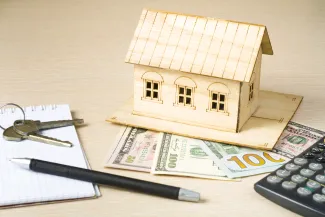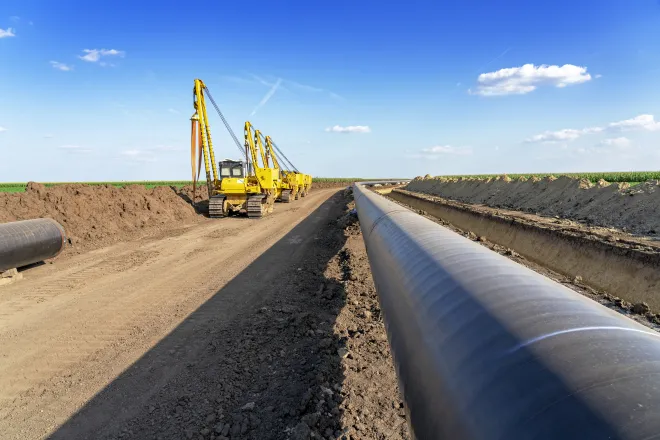
EarthTalk - How do 3D-printed houses stack up against conventional home?
©
Dear EarthTalk:
How do 3D-printed houses stack up against conventional ones with regard to sustainability, both during construction and then in use?
J. Homes, via email
3D‑printed homes are fast gaining traction as a sustainable alternative to traditional building. Proponents say they use less material, create less waste, and hold promise for efficient long‑term performance. The question is whether all this adds up in real life when compared to conventionally built houses.
3D printing offers several clear advantages. The additive process builds walls layer-by- layer using only what’s needed, drastically reducing waste. According to Bay Management Group, 3D methods can cut process waste and over‑engineering significantly, creating a shorter supply chain and a more eco‑friendly outcome. Unlike conventional framing which discards off‑cuts and excess materials, printed homes use nearly all the feedstock. Realistically that can reduce overall material consumption by up to 90 percent.

And there’s speed. A community of 100 3D‑printed homes built in Wolf Ranch, Texas was completed in just four to six weeks per home: a fraction of the six to eight months typical for wood‑frame builds. That means fewer machine hours, fewer diesel trucks hauling materials, and less energy burned on site. In Melbourne, Australia, company Luyten recently built a 3D‑printed house in just three weeks total.
Sustainability claims also hinge on materials used. Some 3D homes use advanced concrete mixes like Lavacrete, which provide strength and reduce carbon emissions. Others experiment with bio‑based feeds like wood waste with corn resin. Habib Dagher of the Advanced Structures and Composites Center described one model called BioHome3D as “100 percent renewable, because it is really bio based.” The pellets used in printing can be recycled and reused multiple times while retaining material properties. Also, many 3D‑printed homes deliver superior thermal mass thanks to concrete walls, which improve insulation and reduce heating and cooling needs. Companies like Mighty Buildings now integrate ultra‑low GWP (global warming potential) insulation to further reduce carbon footprint during operation.
There are challenges. Printing still relies heavily on concrete, which has high embodied carbon unless offset or replaced with greener materials. Many finished homes still need traditional tradespeople to install plumbing, wiring, windows and interior finishes. Zoning codes and building rules also limit adoption in many markets. But once integrated with renewable energy and better materials, these homes could match or exceed conventional sustainability standards in both construction and ongoing use.
CONTACTS
- What are the Differences Between 3D Printed Houses and Traditional Houses? https://cobod.com/what-are-the-differences-between-3d-printed-houses-and-traditional-houses/
- Revolutionizing Construction: 10 Ways 3D Printing is Changing Homes, https://www.sq4d.com/10-benefits-of-3d-printed-homes-over-traditional-construction/.
EarthTalk® is produced by Roddy Scheer & Doug Moss for the 501(c)3 nonprofit EarthTalk. See more athttps://emagazine.com. To donate, visit https://earthtalk.org. Send questions to: question@earthtalk.org.

















